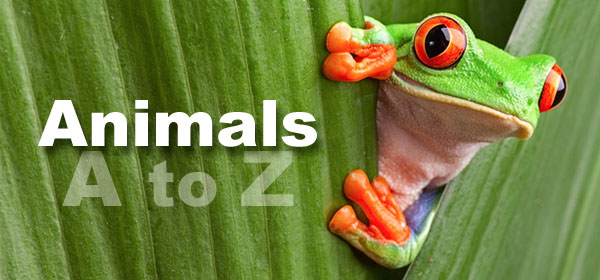As World Snake Day was last Sunday, I thought it only made sense for this reptile blog to be about these wonderfully misunderstood animals.
Let’s be honest, snakes get a bad rap. Most people either love them or they hate them and not everyone who dislikes them can really pinpoint why.
So, I’ve collected some cool facts and have examples of cool looking species to hopefully sway anyone in the “snakes weird me out” club into thinking that snakes are actually alright.
Eating habits
A big one that people are weird about is that snakes eat all of the cute fluffy things. Yes, mammals do make up a lot of most snakes’ diet, but most of the time this will actually help with pest control in the area, so it isn’t a bad thing.
But did you know there are species of snakes that will eat:
- Snails & slugs
- Frogs & tadpoles
- Insects (like crickets, ants, and cockroaches)
- Spiders
- Earthworms
- Leeches
- Fish
- Snakes (yep, some snakes even eat other snakes)
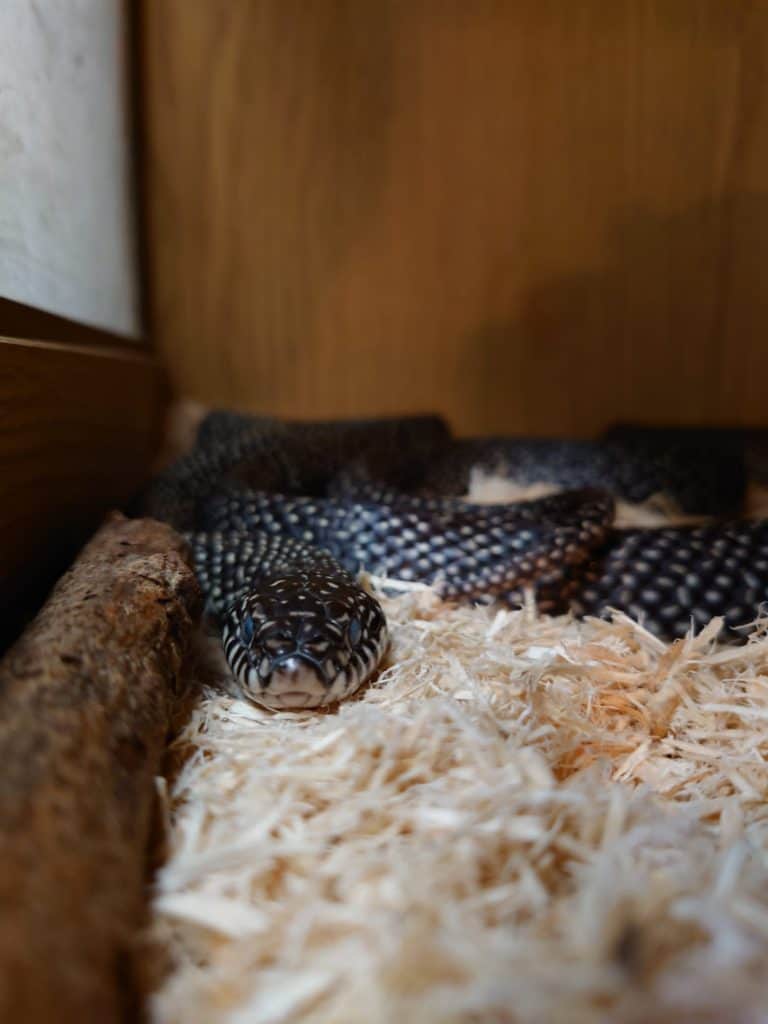
The speckled kingsnake is a species of snake that will eat other snakes. Our speckled kingsnake, Tallulah, is currently living in a vivarium off-show here at the park. In the wild she would feed on a mixture of things, including small mammals, eggs and snakes.
Constriction.
Boa constrictors have it in their name, but boas are not the only constrictors out there. Even if a snake is a constrictor, they may not always constrict their food as long as the food is small enough to not be a threat to the snake while eating. All of the snakes you see at Wingham Wildlife Park are constrictors and they vary considerably in size.
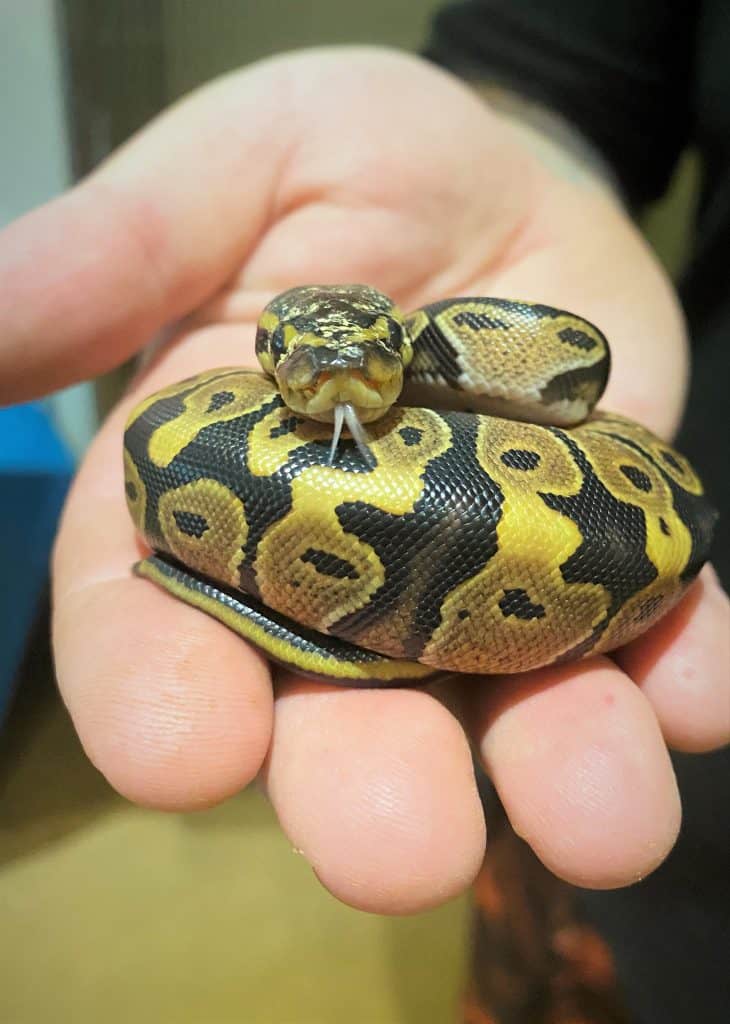
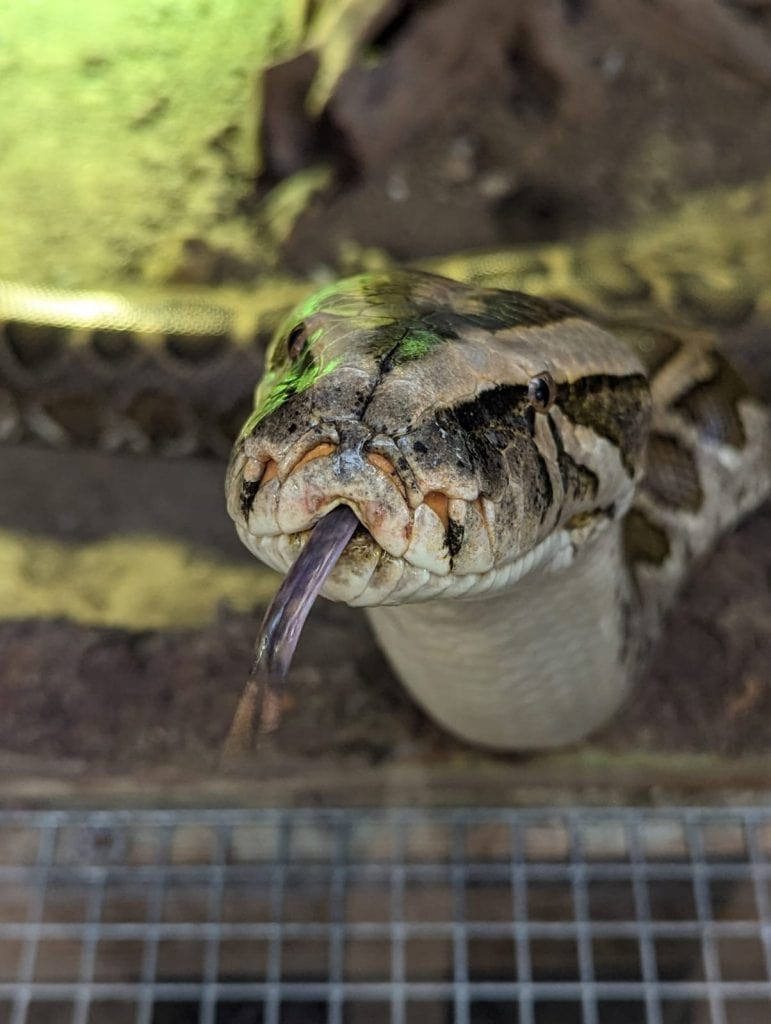
Out of all of the species of snakes in the world (over 3000 species):
- 11% of snake species are constrictors
- 38% of snake species don’t constrict at all, most due to their prey being smaller than they are (snails, slugs, tadpoles, etc.)
- 35% of snake species use venom (only 7% of these have the ability to significantly harm or kill a human)
- 6% of snake species use both venom and constriction
- 10% of snake species’ hunting and feeding habits are unknown.
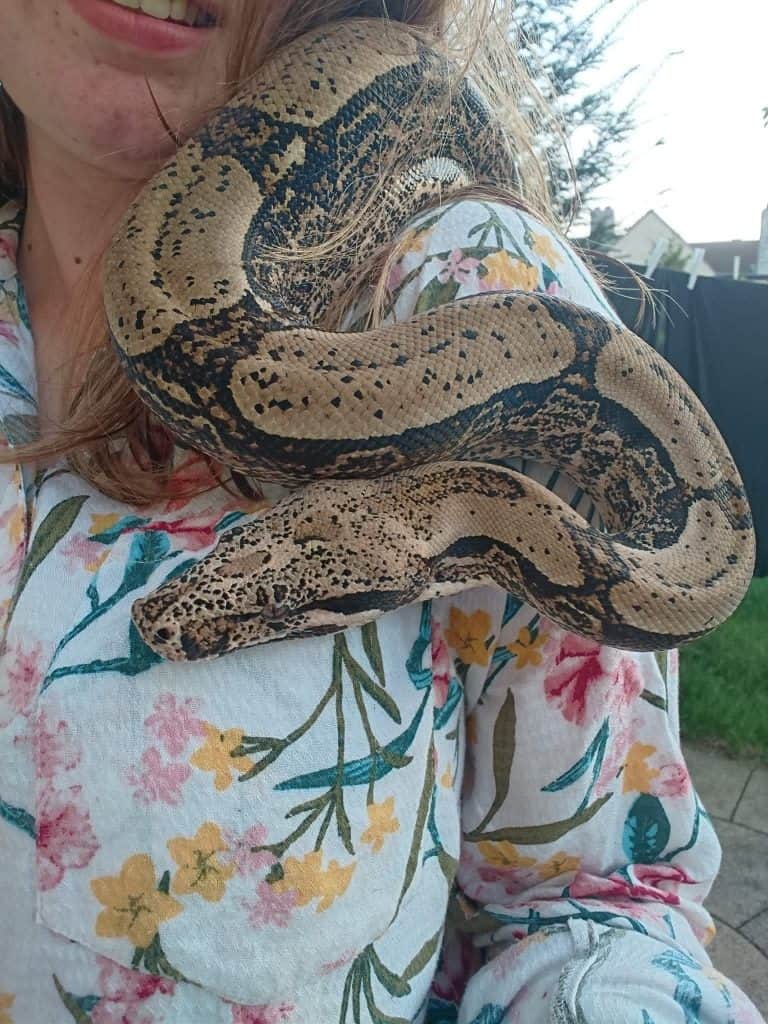
Dave is my own boa constrictor, so you won’t see him at the park, but he is a lovely snake who has previously attended county shows to help people overcome their fear of snakes. I was given Dave around 4 years ago by his previous owner who went to travel the world. Dave is 10 years old and should live up to 30 years old.
Venomous snakes
A quick mention to the snakes with a spicy bite; the venomous guys
As mentioned above, only 35% of all snake species are venomous and their venom can be, and has been, used for medical purposes. Toxins found in snake venoms have been used to help with anticoagulants, antimitotics (used in cancer therapy), antihypertensives (lowering blood pressure), antibacterial therapies, management of pain and neurological disorders.
There are facilities all around the world where snake venom is farmed which help us to advance in scientific research and medicine.
Colours of the rainbow
Snakes come in a wide variety of lengths, shapes and colours. If you don’t like snakes you may find it hard to appreciate their beauty, but I have picked out a couple of snakes that you will hopefully find pretty cool.
To start off, the Rainbow Boa is a fabulous looking snake that has a beautiful iridescent/holographic look to it when the light hits the scales. These guys aren’t the only species that have this sheen, but they are the ones known for it best. When visiting our Reticulated Pythons in the reptile house, you may see a similar effect, just not as obvious.
Dragons?
The hairy bush viper not only varies in colour but also has a very dragon-like look about it. I feel like just saying it looks like a dragon should be enough because dragons are cool.
Snakes that play dead.
They won’t be able to enter any trick contests as it is their only trick, but Hognoses have adapted the ability to play dead when they feel threatened.
When a hognose snake feels threatened, they will flip onto their backs, musk (produce a gross smell that makes them unappetizing) and may even poke out their tongue for that added essence of drama.
The hognoses you’ll find in the reptile house have never been scared enough to show this behaviour as they’re both friendly and are not threatened by us.

The cute and the derpy:
Royal pythons are like the puppies of the snake world. They have this wonderfully chubby looking face with a distinct cartoon puppy mouth going on.
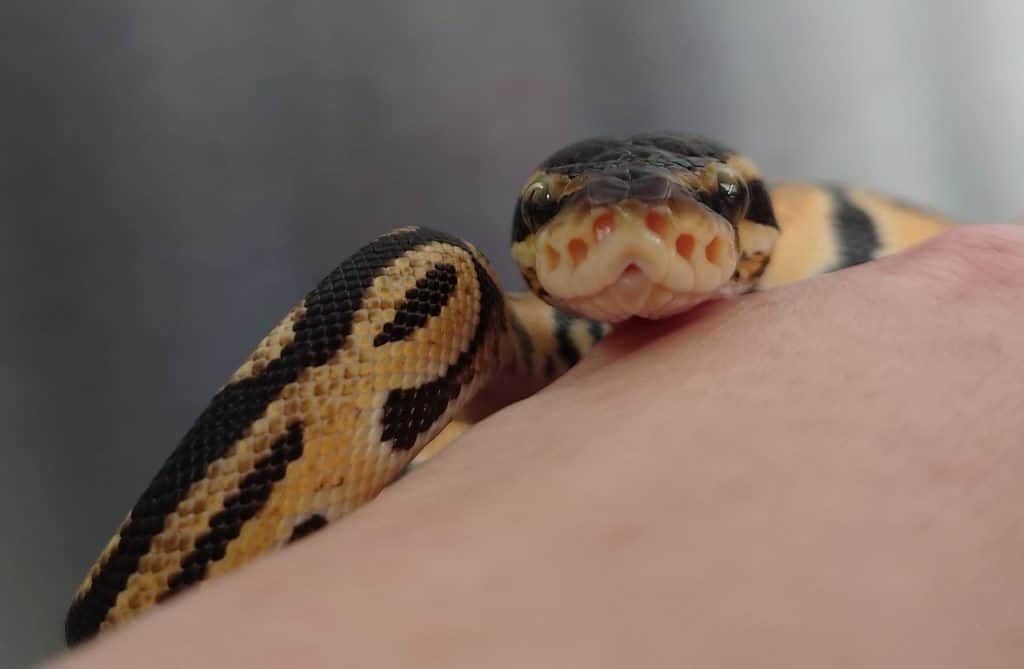
Another mention to our hognoses who have little shovels on their faces. These guys have this specialized scale on their face to help them with digging as they like to bury themselves. It is also why they have the name ‘hognose’ because their nose resembles that of a pig.
Sand boas
Sand boas, as the name suggests, are a species of snake that live in sandy habitats. They have adapted to have eyes that sit on top of their heads, rather than to the side, so they have a peculiar look to them that almost make it look like there’s nothing going on inside their head.
Snakes that make noise
Lastly, let’s look at the noises snakes make.
Generally, snakes are completely silent, even when they pop their tongue out of their mouths. Snakes will, however, make a loud hissing noise when they feel threatened, and they do this by forcibly pushing air out of their lungs. Forcing air from their lungs causes a piece of cartilage in the glottis (the middle of the larynx, where the vocal cords are) to vibrate, creating the hissing noise.
Another noise many people are aware of is that of tail rattles. Rattlesnakes have adapted to grow a rattle at the end of their tail that produces a loud rattle noise when they shake their tail which serves as a warning when they feel threatened. They get a segment of rattle added to their tail after each time they shed their skin. Their rattles are also able to snap.
Many species of snake will also rattle their tails even if they do not have an actual rattle. Instead, they produce a rattle noise by shaking/vibrating their tail against substrate, like leaves, and that is where the noise comes from.
